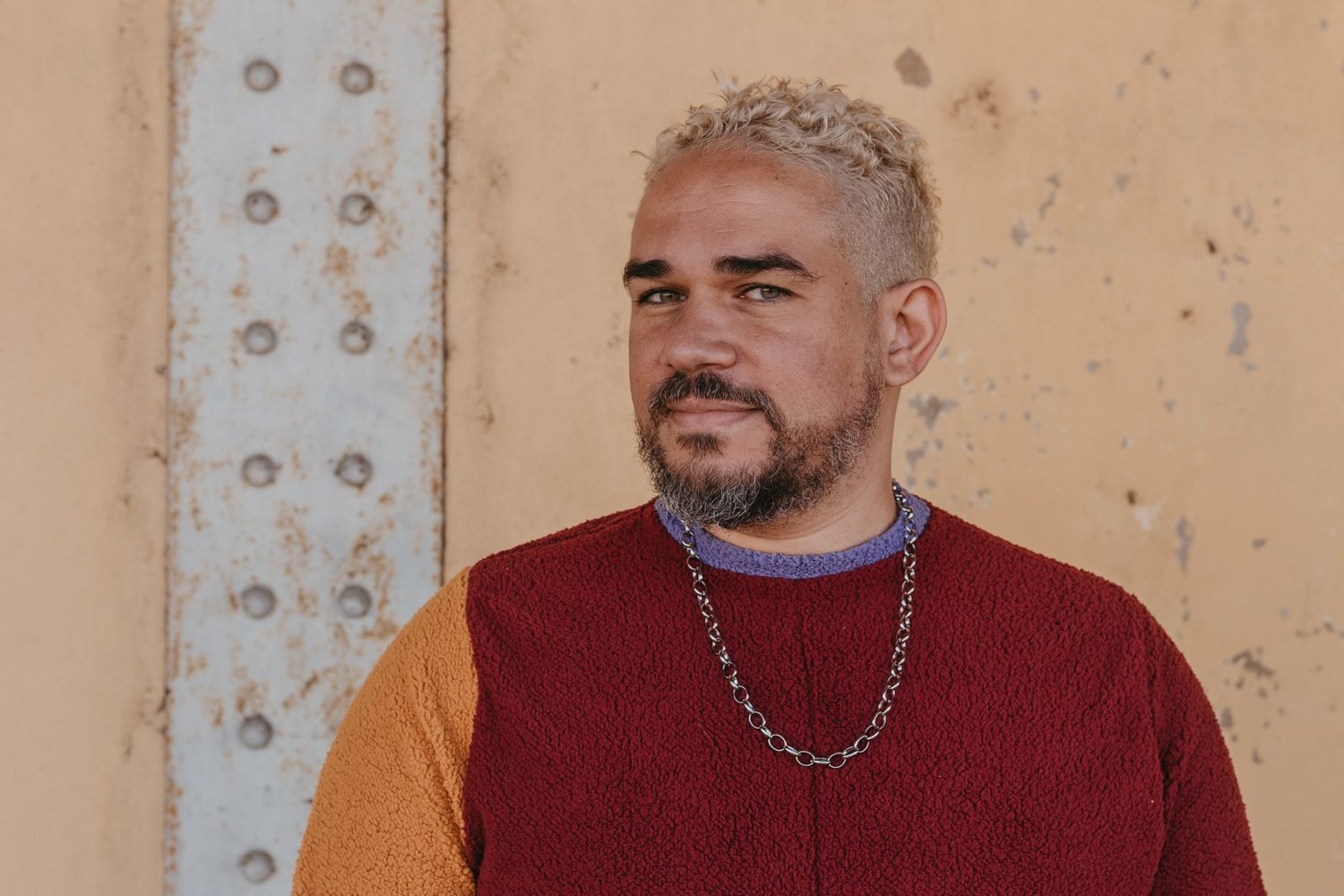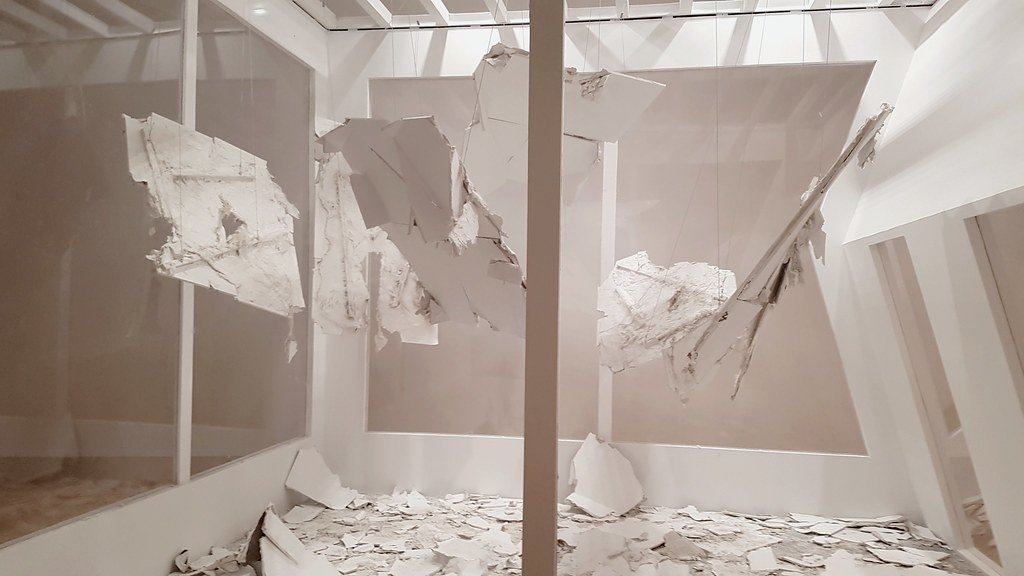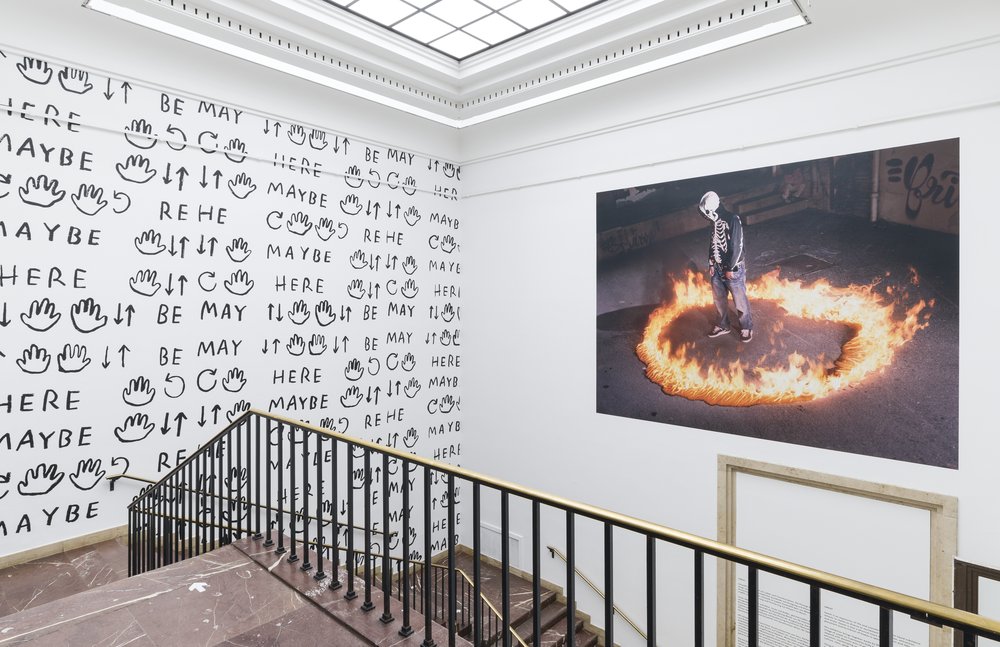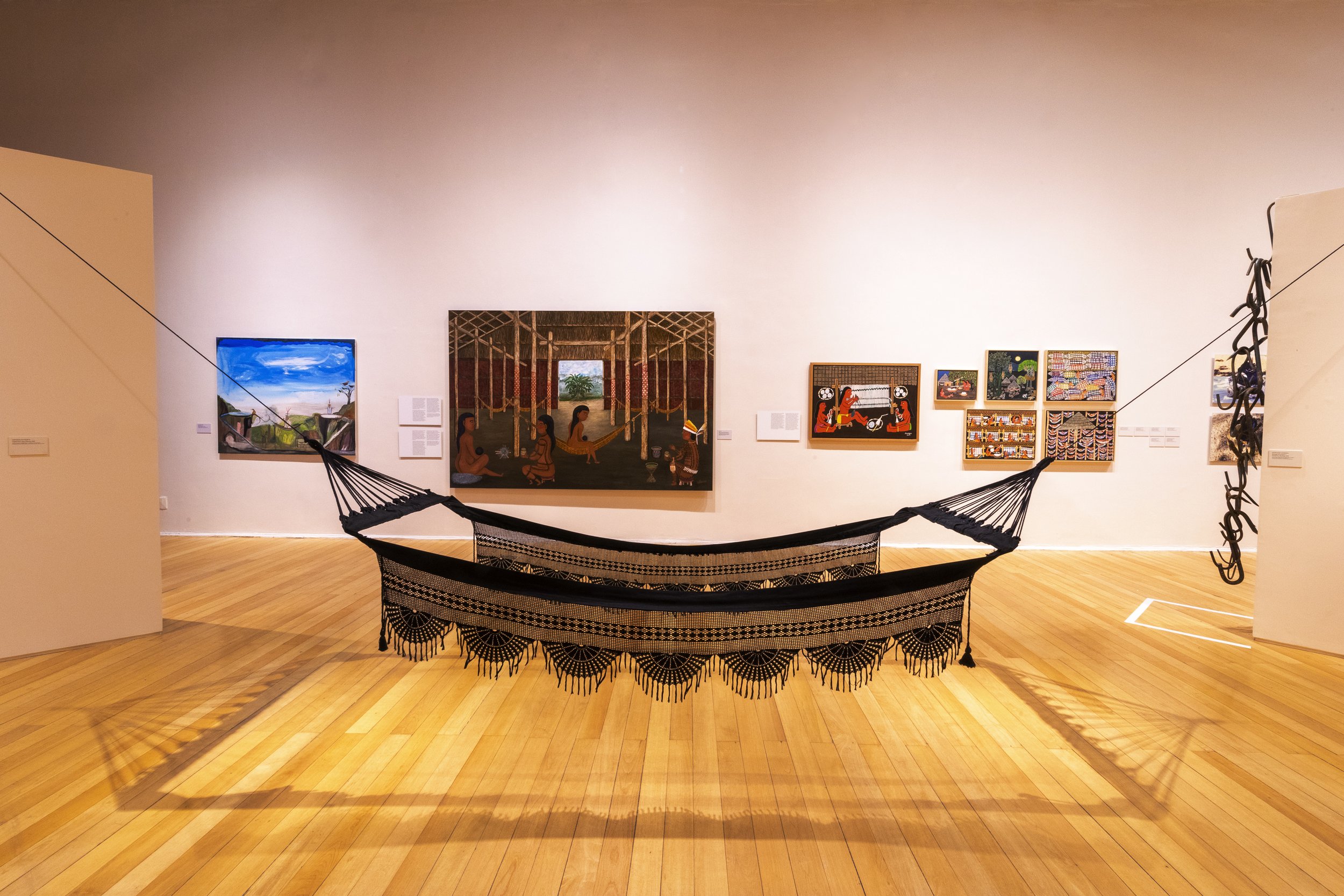Raphael Fonseca is the Associate Curator of Modern & Contemporary Latin American Art, Denver Art Museum. As we move into our sixth iteration of Prospect, Raphael has joined our curatorial advisors team under the leadership of Susan Brennan Co-Artistic Directors Miranda Lash and Ebony G. Patterson.
We had the opportunity to ask Raphael a few of our core questions related to our sixth triennial and talk a bit about his creative process and connection to New Orleans.
Prospect New Orleans: What draws you to the histories, legacies, and communities of New Orleans?
Raphael Fonseca: There are many points of contact [in New Orleans] with colonial histories and the culture of the country I come from, Brazil, and the city I was born, Rio de Janeiro. The city's vibrant diversity convives with the presence of partying and the phantom of recent tragedies. Between these two poles, there is space for all types of narratives and experimentation in the visual arts field.
P: Which artists and/or thinkers have influenced your creative practice?
RF: My creative practice has influence from cinema. As a teenager, I would try to watch all possible features and short films. During my art history studies, something that always intrigued me was the ability to relate with artists and images from all possible historical frameworks. I never locked myself into a contemporary art field, but stayed open to historical, visual cultures and recent cutting-edge discussions. Instead of giving you names, it is better to assume that I have a very encyclopedic approach to creating, with all the issues this can bring.
P: You shared a few images with us, why are they special to you?
RF: The first contemporary art exhibition I ever saw was a solo show by Lygia Pape (1927-2004), in Rio de Janeiro, in 2001. It impacted me deeply and I needed to write a short essay about it for a "contemporary art" high school class. One of the works shown there was New house, an installation made with a fictional house's debris. The image above is from a new version, reinstalled at the Lyon Biennale in 2017.
RF: In 2021, I had the pleasure of co-curating with Anna Schneider at the Haus der Kunst in Munich, Germany. Totally dedicated to how pleasure can be experienced as a tool of resistance, it was quite a challenge to work on this project in parallel with the pandemic. In this image you see two works that were right at the entrance: Christine Sun Kim on the left and Mohammed Bourouissa at the middle.
RF: I did my Ph.D. dissertation from 2012 to 2016. I researched how hammocks became a symbol of Brazilian identity from the invasion of the Americas in the 16th century to contemporary times. Some years later, I organized an entire exhibition that started with this research and gathered some of the most influential artists in Brazilian art history that also included hammocks in their iconographies, sculptures, and installations.
P: What are you most excited about for Prospect.6?
RF: Organizing any project the size of Prospect is a huge challenge. I am looking forward to getting to know New Orleans personally and seeing how the artists and curators will deal with the different spaces the city can offer them. It will undoubtedly be an experience with a lot of learning for me and the audience.
P: What does it mean to speak from a place, rather than at it?
RF: It means: dedication, listening, and assuming your unknowledge of all the layers a site can offer. It looks easy to describe like this, but it is a substantial existential challenge. If we—curators, artists, and the audience—can remain open and attentive to a place's historical and humanitarian layers, certainly this space—New Orleans, in this case—will echo Prospect.6 for a long time in its social memory.
Questions W/ provides glimpse into the world and work of artists, collaborators, and friends of Prospect New Orleans through unfiltered and contemplative conversations. To read more conversations visits our Journal.
About Raphael Fonseca
Raphael Fonseca is a researcher in curating, art history, art criticism, and education. He works as a curator in modern and contemporary Latin American art at the Denver Art Museum. He holds a PhD in Critic and Art History from the State University of Rio de Janeiro, Brazil. He is one of the curators of the 22nd edition of the SESC_Videobrasil biennial, to happen in 2023, in São Paulo, Brazil. He worked as a curator at the Contemporary Art Museum of Niterói, Brazil, from 2017 to 2020.



